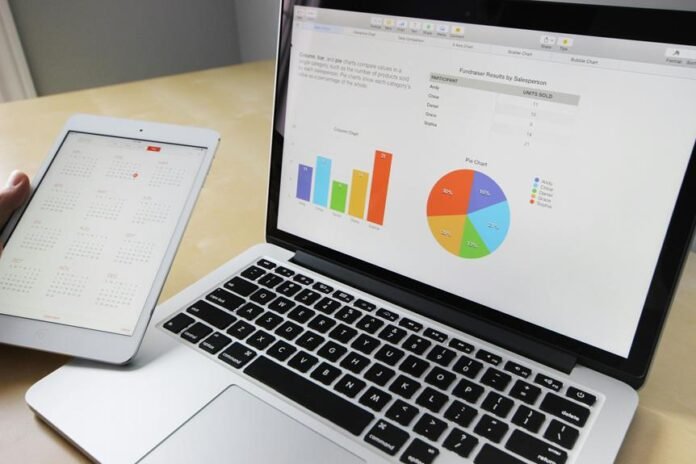Amidst the recent surge in Indus Towers' stock price and the forthcoming announcement of their quarterly results and buyback initiative, market analysts are closely monitoring the company's performance to assess the potential implications on shareholder value and market sentiment. The anticipation surrounding the upcoming developments has spurred interest among investors seeking insights into the strategic moves that could shape the company's trajectory in the near term.
With Indus Towers shares experiencing a notable surge of 2.31% to reach Rs 453.45, the company's market capitalization has surpassed Rs 1.22 lakh crore, reflecting a substantial growth trajectory.
This upward momentum is part of a larger trend, with the stock gaining over 165% in the past year and rallying approximately 125% year-to-date.
Investors keen on investment strategies should take note of the stock's recent jump of about 16% in the last month, indicating a positive market sentiment.
These market trends suggest a potential opportunity for investors to evaluate their positions in light of Indus Towers' robust performance and growth prospects.
Quarterly Results Expectations
Indus Towers is poised to reveal its quarterly financial performance for the period ending June 30, 2024, with analysts projecting revenue growth and key focus on Ebitda margins and future growth guidance.
Analysts anticipate revenue to be around Rs 7,500 crore, marking a year-on-year increase of 5-7%. The expected Ebitda is in the range of Rs 3,750-4,000 crore, with an emphasis on improving profit margins.
While net profit is predicted to remain steady, Ebitda margins are projected to rise by 500 basis points year-on-year.
The market will closely watch the management's guidance for future growth strategies and tower rollouts to assess the company's performance and potential for expansion.
Analysts' Projections
Analysts' forecasts for Indus Towers' upcoming quarterly results indicate expectations of steady revenue growth and improvements in Ebitda margins. Insights from analysts suggest a focus on future growth strategies and tower expansion plans.
Kotak Institutional Equities predicts a 4% QoQ increase in Ebitda, with revenue estimated at Rs 7,581.4 crore, a 7% YoY rise. Net profit is forecasted at Rs 1,483.7 crore, slightly down QoQ but up 3.6% YoY, while Ebitda is expected to reach Rs 3,864.1 crore, marking an 8.4% YoY increase.
BNP Paribas anticipates Ebitda to hit Rs 3,844.6 crore, up 8% YoY. These revenue forecasts align with the market's positive sentiment towards Indus Towers' growth potential.
Buyback Proposal Details
The consideration of a buyback of fully paid-up equity shares by Indus Towers is a significant aspect to be discussed alongside the upcoming quarterly results.
This buyback strategy holds the potential to enhance shareholder benefits and boost market confidence. The announcement of the buyback proposal is enthusiastically awaited, with expectations of positive sentiment surrounding this decision.
By implementing a buyback, Indus Towers aims to optimize its capital structure and provide more value to its shareholders. This move could signal the company's confidence in its financial position and future growth prospects.
The buyback details, once revealed, will shed light on the company's commitment to rewarding its investors and maintaining a strong market position.
Market Insights and Ratings
Market analysts have provided insightful projections and ratings for Indus Towers, offering an extensive view of the company's anticipated performance and growth trajectory.
JM Financial anticipates revenue of Rs 7,561.3 crore, reflecting a 6% YoY increase. Ebitda is expected to rise to Rs 4,185.2 crore, marking over a 19% YoY increase, with Ebitda margins projected at 55.4%, expanding by 570 bps.
Kotak maintains a reduce rating with a target price of Rs 350, while BNP Paribas holds a buy rating with a target price of Rs 460.
These market trends and investment strategies provide valuable insights for investors looking to navigate the evolving landscape of Indus Towers' stock performance and potential.


